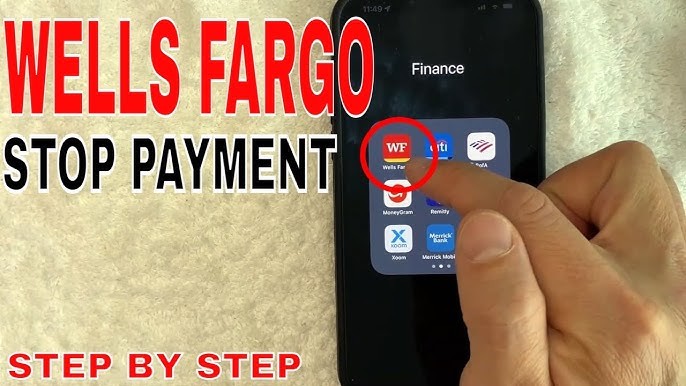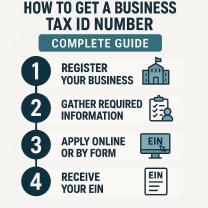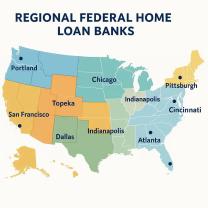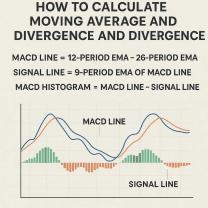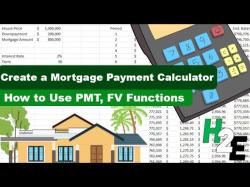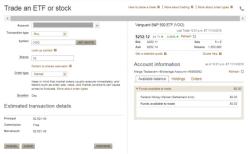How to stop automatic payments in Wells Fargo?
To stop automatic payments with Wells Fargo, the process varies depending on the type of payment—whether it's a recurring bill payment, an auto loan payment, or a mortgage payment. Here's how you can manage each:
For Recurring Bill Payments (e.g., utilities, subscriptions)
Online Banking: Sign on to Wells Fargo Online. Navigate to the Bill Pay section and locate the recurring payment you wish to cancel. Follow the prompts to delete or modify the payment.
Customer Service: Call Wells Fargo at 1-877-805-7744 to speak with a representative who can assist you in canceling the automatic payment.
For Auto Loan Automatic Payments
Online Banking: Sign on to Wells Fargo Online. Select your auto loan from the Account Summary and choose "Manage Autopay." Follow the instructions to cancel the automatic payment.+1
Customer Service: Call 1-800-289-8004 to speak with a representative who can assist you in canceling the automatic payment. +2wellsfargo.com+2
For Mortgage Automatic Payments
Online Banking: Sign on to your mortgage account online. Navigate to the automatic payment settings and follow the instructions to cancel the automatic payment.
Customer Service: Call 1-866-386-8519 to speak with a representative who can assist you in canceling the automatic mortgage payment.
For Recurring Debit Card Transactions
If you've authorized a merchant to charge your debit card on a recurring basis (e.g., gym memberships, subscription services):
Contact the Merchant: Reach out directly to the merchant or service provider to request cancellation of the recurring payment.
Use Card Controls: Sign on to Wells Fargo Online and navigate to the "Card Controls" section. Here, you can view and manage recurring payments associated with your card.+2wellsfargo.com+2
Customer Service: Call 1-800-TO-WELLS (1-800-869-3557) to speak with a representative who can assist you in stopping the recurring debit card transaction.
Important Notes
Processing Time: Allow at least 3 business days for Wells Fargo to process your cancellation request.+1
Continue Payments: Until the cancellation is confirmed, continue making regular payments to avoid late fees or service interruptions.
Written Confirmation: Keep records of all communications with merchants or Wells Fargo regarding the cancellation.
If you need to stop an automatic payment, you can manage it through Wells Fargo's online and mobile banking platforms, by phone, or in person at a branch. It's crucial to understand that there are different types of automatic payments, and your course of action depends on how the payment was set up.
Steps to Stop Automatic Payments in Wells Fargo
For automatic payments that you set up through Wells Fargo's Online Bill Pay, you can typically manage them yourself.
Sign on to your Wells Fargo account online or through the mobile app.
Navigate to the Bill Pay section.
Find the list of Scheduled Payments or Transfers.
Select the specific payment you want to stop and choose the option to Edit or Delete Transfer. This will cancel the recurring payment.
For payments where you gave a merchant or service provider your account or debit card information to automatically debit your account (known as an ACH or recurring debit card transaction), the process is different. The first step is always to contact the merchant directly to cancel your authorization for future payments. Wells Fargo can place a stop payment for you, but it's a "best efforts" process and doesn't release you from your contractual obligation with the merchant. For recurring debit card transactions, you may need to call Wells Fargo at 1-800-TO-WELLS (1-800-869-3557) or visit a branch for assistance.
Managing Recurring Transactions Effectively
To manage recurring transactions effectively, it's best to keep a master list of all your subscriptions and automatic payments. Most banks, including Wells Fargo, offer a feature to help you do this. In Wells Fargo's online banking, you can often view a list of recurring payments associated with your cards. This list is for informational purposes and may not be exhaustive, so it's a good practice to manually review your bank statements each month for any unexpected charges. Regularly checking this list helps you keep track of where your money is going and cancel services you no longer use.
Troubleshooting Common Payment Issues
If a scheduled payment fails, it's often due to insufficient funds. The best way to avoid this is to set up alerts in your Wells Fargo account to notify you when your balance falls below a certain threshold. If a payment is consistently failing or you're experiencing other issues, here are some troubleshooting steps:
Check the funds: Verify your account has enough money to cover the payment.
Update payment information: If the payment is a credit card bill and you've recently received a new card, ensure the updated information is on file with the merchant.
Contact customer service: If a technical issue is preventing you from managing a payment online, contact Wells Fargo customer service or visit a branch for direct assistance.
Online vs. In-Branch Payment Management
Wells Fargo's online and mobile banking platforms are the most convenient ways to manage the majority of your payments. They allow you to schedule one-time or recurring payments, view transaction history, and get alerts 24/7. However, for certain complex issues, an in-branch visit may be necessary. For example, if you need to place a stop payment on a cashier's check or if you're disputing a fraudulent charge, visiting a branch allows you to speak directly with a banker who can guide you through the process and help with required documentation.
Tips for Ensuring Financial Security
When managing your payments, keeping your financial information secure is paramount. Here are some tips to protect yourself:
Use secure connections: Only access your Wells Fargo account from a secure, trusted network. Avoid using public Wi-Fi to log in.
Set up alerts: Enable alerts for large transactions, login attempts, or low balances. This lets you monitor your account for suspicious activity in real-time.
Use strong passwords: Create a unique, complex password for your banking account and consider using two-step verification for an added layer of security.
Protect your information: Never share your account number, PIN, or login credentials with anyone, and be cautious of phishing attempts via email or text messages that ask for personal information. Wells Fargo will never ask you for this information in an unsolicited message.
